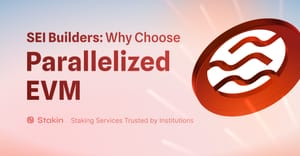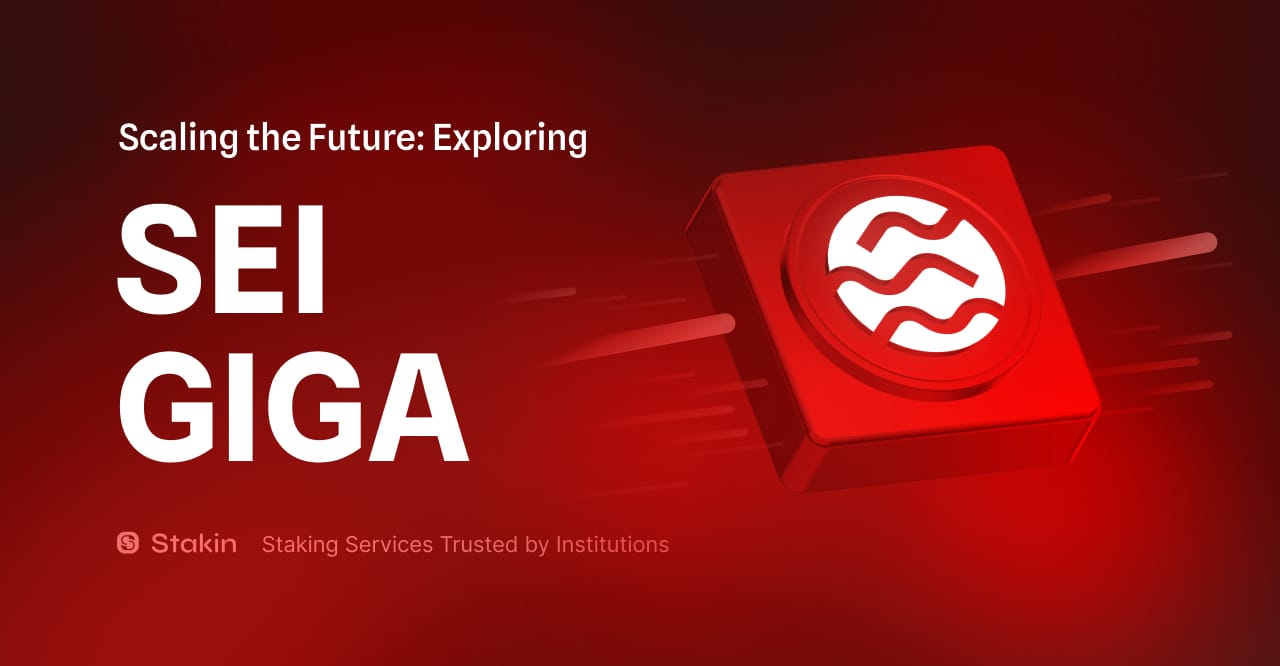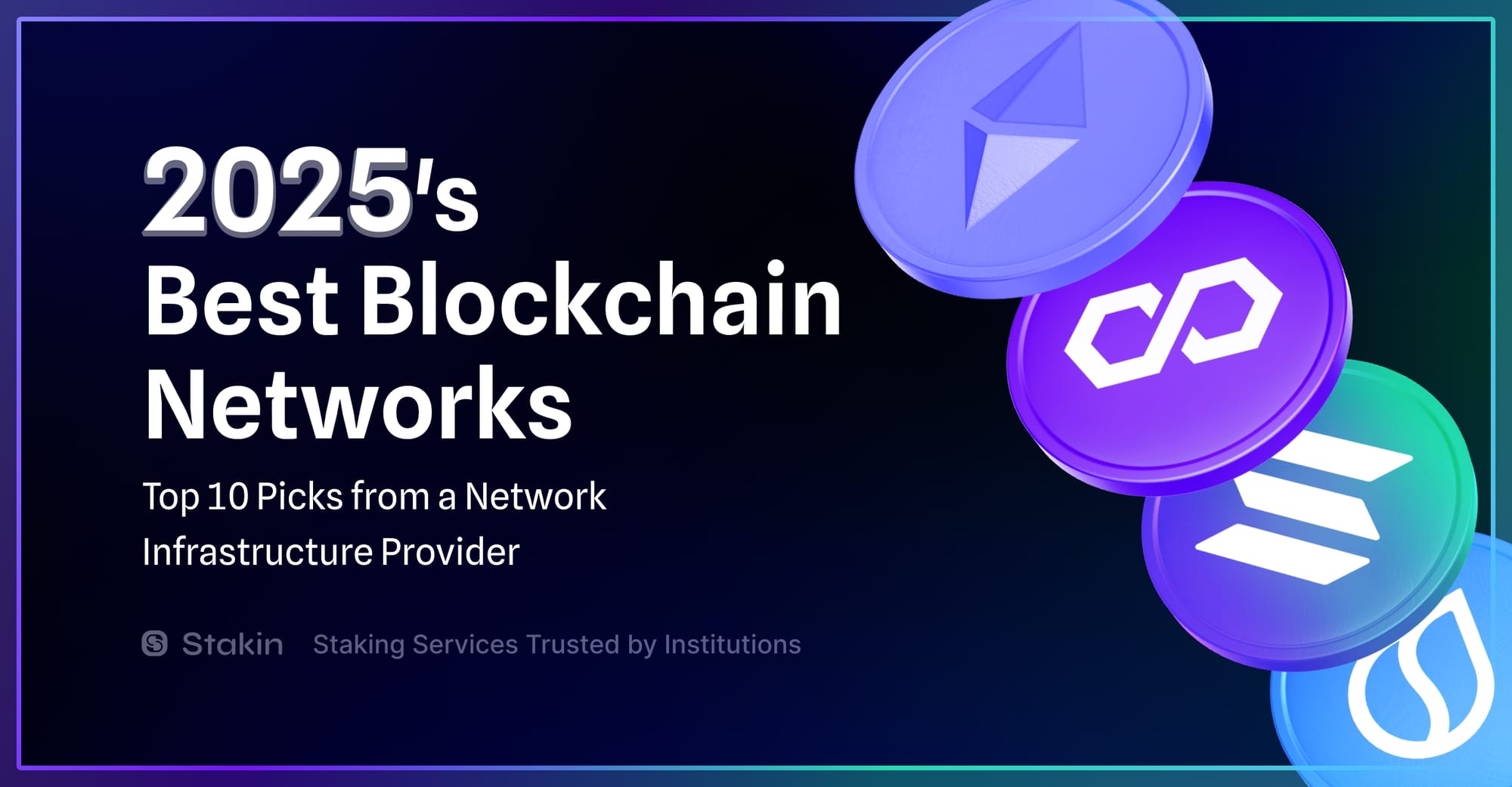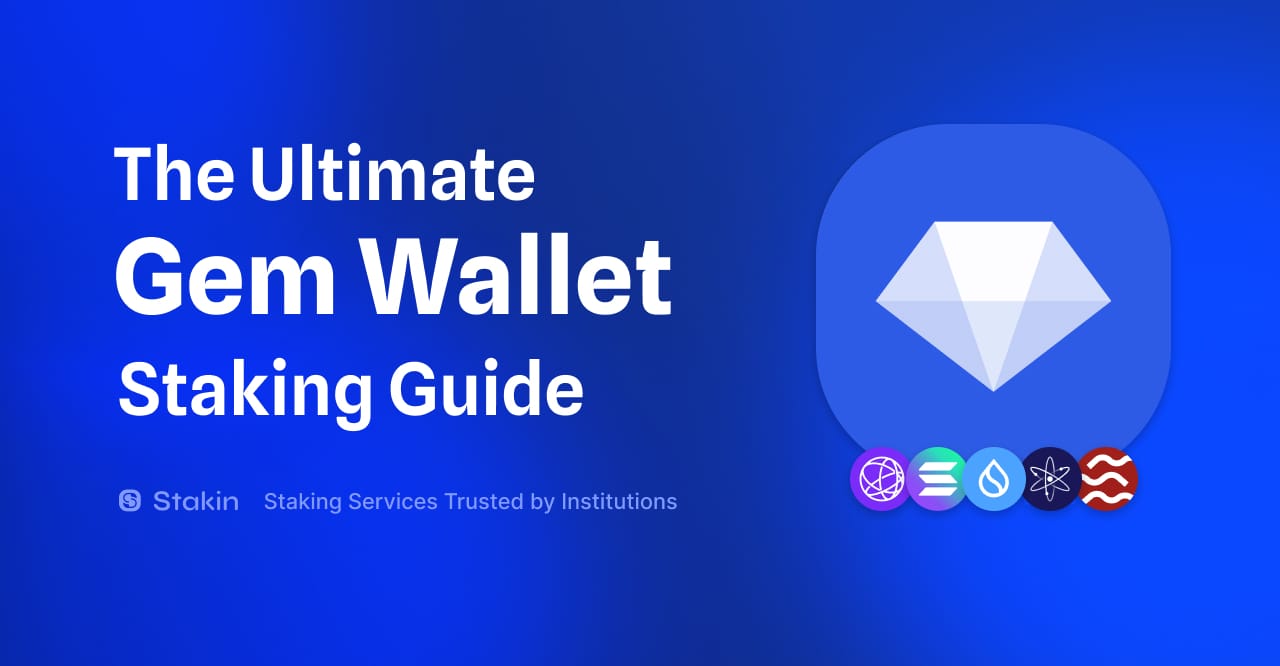In this article, we’ll highlight the Sei network and discuss parallel EVMs, why Sei handles them best, and some advantages to building on Sei.
What is Sei?

Sei is best described as the first parallelized EVM (Ethereum Virtual Machine). Technically speaking, Sei is a Layer-1 (L1) blockchain built using the Cosmos SDK, which we have covered in further detail previously.
See: Introducing Sei Network: The Layer-1 Optimized For Trading.
By now, we're all likely accustomed to the EVM, the software environment originally developed for Ethereum but now adopted by multiple blockchain networks for processing and executing Solidity smart contract transactions. While Ethereum pioneered the EVM and remains a major player, the technology has expanded beyond a single network. Ethereum still has a significant advantage in adoption metrics and accounts for over 60% of all TVL (total value locked) in DeFi (decentralized finance).
While this network effect benefits the Ethereum ecosystem, it leaves some challenges for normal users. In its current iteration, the base layer can only handle about 5-30 TPS (transactions per second). This makes it quite challenging to build high-performance dApps, as users will face high transaction costs for simple transactions and restrictions from the inherent limitations due to scale.
Sei considers these issues and offers a solution through parallelization. This process helps enable Sei to process multiple transactions in parallel or at the same time. We call Sei a “parallelized EVM” because it also offers EVM compatibility, allowing existing Ethereum developers to deploy their dApps, tooling, infra, and more to Sei without any changes.
Imagine bringing all the functionality of Solana with higher speeds to Ethereum dApps and DeFi. That’s essentially what Sei aims to do. Let’s discuss more how Sei enables a significant improvement to the EVM.
How Does Sei Handle Parallel EVM?

Due to the unique intricacies of monolithic architectures, achieving highly scalable parallel EVM on the L1 level is challenging because of things such as consensus, blocks, and transactions.
In this model, these components are all structured under the same roof. In contrast, modular approaches such as those available to Cosmos-based chains allow these items to be separated. Since Sei is connected to the Cosmos ecosystem through the Cosmos SDK, it can benefit from the added effects of modularity while already being a stand-alone high-throughput chain.
What makes Sei’s implementation of parallel EVM unique is a process known as Optimistic Parallelization. This process allows parallel transaction processing while maintaining sequential processing when transactional order is crucial. By doing so, Sei achieves high throughput while preserving transaction order integrity.
Handling transactions in parallel in blockchains is complex. While individual nodes can manage it well, problems arise when multiple nodes share the same data. This can cause inconsistencies between nodes, known as non-determinism. For example, when transaction order is important, like in balance transfers between accounts, processing transactions one after the other (sequential processing) is crucial to ensure accurate account balances.
Sei has also developed SeiDB, a customized database that replaces the default one in the Cosmos SDK. SeiDB is designed to handle issues like state inconsistency and synchronization delays, and it’s optimized for parallel execution. These improvements showcase Sei’s ability to efficiently manage high transaction demands while keeping node hardware requirements low.
It’s worth noting that there are other implementations of parallel execution, falling into optimistic, deterministic, and agnostic categories. For instance, Sui, Solana, and Eclipse feature parallel execution in the form of deterministic. Others, such as Movement, utilize an agnostic model.
Let’s explore some competitors to Sei in the realm of parallel EVM.
Competitors
There are a few competitors in parallel EVM. Most notable is Monad, which recently raised $225 million in a funding round led by Paradigm. Neon is also one of the early solutions in Solana. Aurora, built on the NEAR Protocol, also offers a similar solution.
Monad
Similar to Sei, Monad handles transactions simultaneously. This is achieved through two approaches. The first revolves around deferred execution; transactions can be prepared in advance and executed later. Second, with parallel execution, multiple transactions can be processed simultaneously, drastically increasing efficiency.
All this is great, but Monad’s properties are just that—properties. The actual functionality and effectiveness have yet to exist as the network is not live yet. So, we will have to wait until later this year when a mainnet release is expected to judge more accurately. Stakin will be operating infrastructure for the Monad network and may be able to share more information as we research the protocol.
Neon
Unlike Monad, Neon has been live for some time, also longer than Sei. Launched in late 2022, Neon offers EVM compatibility combined with the high throughput from Solana. In other words, Neon exists as an L2; it does not inherently implement parallel execution at the protocol level like Sei as an L1 but instead benefits from Solana’s native parallel transaction processing. Sei’s approach to parallel execution and customized solutions like SeiDB provide a distinct edge.
Aurora
Like Neon, Aurora is built on a different network architecture, NEAR Protocol. Aurora aims to provide EVM compatibility with high throughput and low transaction fees. Although Aurora isn’t a completely parallel EVM, it utilizes NEAR’s sharding technology to improve scalability and performance by enabling the simultaneous processing of multiple transactions across various shards. The key advantage here is that Sei differentiates itself by utilizing a fully parallelized EVM at the L1 level rather than relying on sharding or other L2 solutions.
Advantages of Building on Sei

Building on the Sei Network offers several advantages, particularly for developers and projects looking to leverage high performance, scalability, and efficiency.
Here are some key advantages:
- High Transaction Throughput: Sei Network’s parallelized execution enables the simultaneous processing of multiple transactions, greatly boosting the TPS capacity. This high throughput ensures the network can manage a substantial volume of transactions without congestion, making it perfect for high-demand applications.
- Low Latency: Parallel execution reduces the time to process transactions, leading to lower latency and faster confirmation times. SeiDB addresses state inconsistency and synchronization delays, ensuring smooth and quick transaction processing.
- EVM Compatibility: Developers familiar with Ethereum can easily migrate their dApps to Sei Network without learning new programming languages or tools.
- Cost Efficiency: High throughput and efficient processing lead to lower transaction fees, making it more cost-effective for users and developers. Optimizations like SeiDB ensure nodes can operate efficiently without expensive hardware setups.
- DeFi Optimization: Sei Network is specifically designed to optimize DeFi applications, offering tailored solutions for liquidity, trading, and other operations. The network’s architecture supports complex transactions with high performance and reliability.
Final Thoughts
Sei stands out as a pioneer with its parallelized EVM, setting a new standard for efficiency and scale in the DeFi landscape. In comparison, competitors like Monad show promise, while Sei’s first-mover advantage and operational status position it as a leader in the space. Building on Sei Network provides developers with a robust, scalable, and efficient platform to meet all their needs. Its high transaction throughput, low latency, EVM compatibility, security, cost efficiency, and DeFi optimization make it a compelling choice for developing high-performance dApps.



